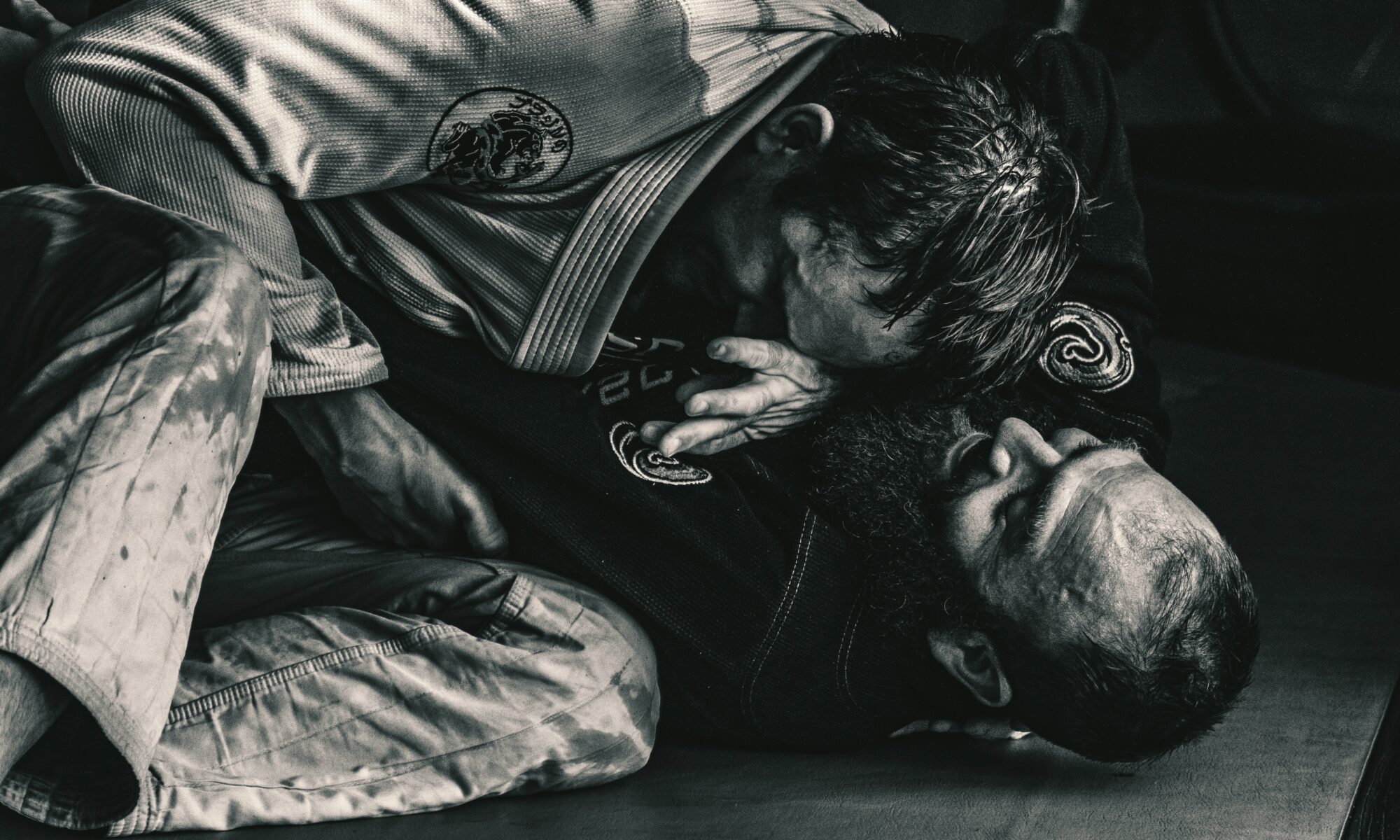Unveiling the World of Jiu Jitsu: A Martial Art for the Modern Warrior
Introduction to Jiu Jitsu
Jiu Jitsu, a martial art with roots extending back centuries, is more than a system of combat—it is a philosophy, a way of life, and a tool for personal growth. Derived from the Japanese term “gentle art,” Jiu Jitsu emphasizes using an opponent’s force against themselves, prioritizing technique over brute strength. This ancient practice has evolved through the years, and today, it is not only a cornerstone of self-defense but also a rapidly growing sport with a dedicated global following.
The Origins and Evolution of Jiu jitsu
The history of Jiu Jitsu is a tale of transformation and adaptation. Originating in feudal Japan as a battlefield art designed for samurai, the techniques were developed to disarm or defeat an armored opponent without the use of weapons. Over time, Jiu Jitsu spread beyond the confines of the battlefield and became a staple for self-defense among civilians.
The art underwent significant changes in the early 20th century when it was brought to Brazil by Japanese immigrant Mitsuyo Maeda. There, it was adapted and refined by the Gracie family and other martial artists, eventually giving birth to what is now known as Brazilian Jiu Jitsu (BJJ). BJJ further adapted the groundwork and submission aspects, making it an effective martial art for one-on-one combat in both self-defense situations and in the sports arena.
The Philosophy and Benefits of Training
Jiu Jitsu is grounded in the principle that a smaller, weaker person can successfully defend against a bigger, stronger assailant with the proper technique. This philosophy extends beyond physical confrontations and is often applied to overcoming challenges in everyday life, embodying a mindset of resilience and adaptability.
The benefits of training in Jiu Jitsu are multifaceted. Physically, it enhances strength, flexibility, and cardiovascular health. Mentally, it sharpens focus, strategic thinking, and problem-solving abilities. Emotionally, it builds confidence, discipline, and tenacity. Practitioners, known as “jiu-jiteiros,” often speak of the profound impact the art has had on their lives, from improving their physical fitness to providing a supportive community and a sense of belonging.
Jiu Jitsu as a Competitive Sport
Jiu Jitsu has seen explosive growth as a competitive sport. Tournaments are held worldwide, from local competitions to prestigious events like the World Jiu Jitsu Championship and the ADCC Submission Fighting World Championship. With divisions for all ages, weights, and belt levels, the sport is accessible to a wide range of practitioners.
Athletes compete in matches where they aim to control and submit their opponents using a variety of techniques, including joint locks and chokes. Points are awarded for achieving dominant positions, and the ultimate goal is to win by submission, forcing the opponent to tap out. The competitive aspect of Jiu Jitsu fosters a healthy environment where practitioners can test their skills, resilience, and sportsmanship.
Jiu Jitsu in Self-Defense and Law Enforcement
Jiu Jitsu’s effectiveness in real-world self-defense scenarios cannot be overstated. The techniques taught are applicable in close-quarters situations, where striking arts may be less effective. For this reason, Jiu Jitsu is increasingly being incorporated into law enforcement and military training programs around the world. Officers and soldiers learn how to control and subdue suspects or adversaries without inflicting unnecessary harm, emphasizing control and restraint over aggression.
The emphasis on leverage and technique also makes Jiu Jitsu an empowering self-defense system for women and children, who may be at a physical disadvantage in an assault situation. Classes specifically designed for these groups focus on scenarios they are more likely to encounter, providing them with the confidence and skills to protect themselves.
The Global Jiu Jitsu Community
Jiu Jitsu has fostered a vast and diverse global community. With the rise of social media, practitioners can connect, share techniques, and learn from each other like never before. The art has broken down barriers, bringing together people from all walks of life, joined by their passion for the gentle art.
The community aspect of Jiu Jitsu is one of its most cherished attributes. Training partners become like family, pushing each other to grow and excel both on and off the mats. The community also rallies to support causes, from charity events to initiatives promoting mental health awareness, epitomizing the compassionate spirit at the heart of Jiu Jitsu.
Conclusion: Embracing the Jiu Jitsu Journey
Jiu Jitsu is more than a collection of techniques; it is a journey of self-discovery and personal development. It offers a path to physical fitness, mental fortitude, and emotional resilience. Whether you’re seeking a new hobby, a competitive outlet, or a comprehensive self-defense system, Jiu Jitsu provides a rewarding experience that extends far beyond the mat.
For those intrigued by this martial art, the only way to truly understand its depth and impact is to step onto the mat and experience it firsthand. Through persistent training and an open mind, the world of Jiu Jitsu unfolds, revealing endless possibilities for growth, camaraderie, and empowerment. As practitioners of this noble art can attest, the journey is just as important as the destination, and each roll, each technique, and each challenge is a step towards becoming a better version of oneself.

